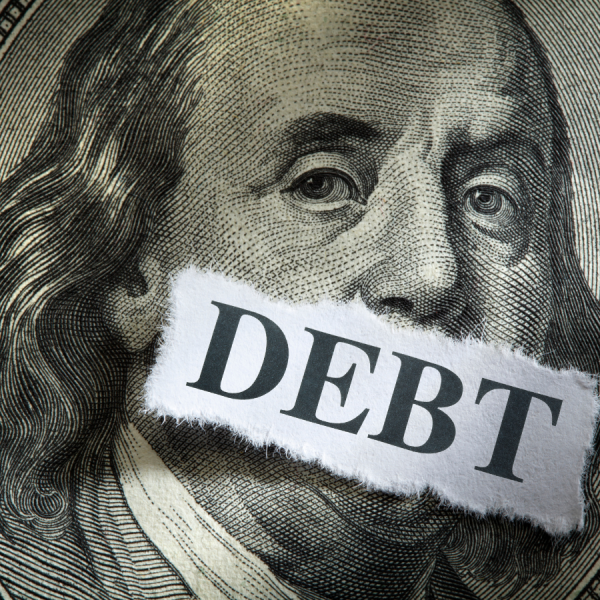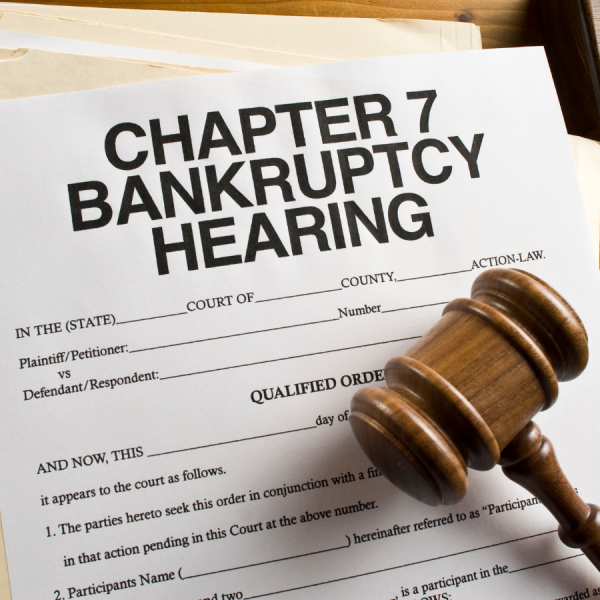Losing a job can create significant financial strain, and for many, the thought of filing bankruptcy while unemployed can be both frightening and confusing. The good news is that being unemployed does not automatically disqualify you from filing for bankruptcy. Understanding the rules, requirements, and options can help you navigate this process and regain financial stability.
This guide covers whether you can file bankruptcy without a job, how your income affects eligibility, and strategies for managing debt during unemployment.
Can You File Bankruptcy Without a Job?
Yes. You can file for Chapter 7 or Chapter 13 bankruptcy even if you are unemployed. However, your eligibility and the type of bankruptcy you can file may depend on your income sources, assets, and household finances.
-
Chapter 7 Bankruptcy (Liquidation): Often ideal for those with little or no income. Chapter 7 can discharge most unsecured debts, like credit cards and medical bills, quickly—usually within 3–6 months.
-
Chapter 13 Bankruptcy (Repayment Plan): Typically requires a regular income to support a repayment plan over 3–5 years. Being unemployed may make Chapter 13 challenging unless you have other reliable income sources.
Income Considerations for Unemployed Filers
Even if you don’t have a traditional job, the court will consider your monthly income from all sources, including:
-
Unemployment benefits
-
Social Security or disability benefits
-
Spousal support or child support
-
Investment income, pensions, or rental income
Your income is assessed using the means test, which compares your household income to your state’s median. If your income is low, you may qualify for Chapter 7 bankruptcy, which can eliminate most unsecured debts.
Filing Chapter 7 Bankruptcy While Unemployed
Chapter 7 bankruptcy is often the preferred option for unemployed individuals because:
-
It requires no repayment plan (unlike Chapter 13).
-
Most unsecured debts can be discharged, including credit cards, medical bills, and personal loans.
-
The process is faster, typically 3–6 months.
Important: Chapter 7 does not automatically protect all assets. Non-exempt property (like second homes, luxury items, or certain investments) may be liquidated to pay creditors.
Filing Chapter 13 Bankruptcy While Unemployed
Chapter 13 requires a repayment plan, which can be difficult without a steady income. Options for unemployed filers include:
-
Using alternative income sources to fund the plan.
-
Waiting until you secure a stable job before filing.
-
Combining Chapter 13 with other debt relief strategies to reduce monthly obligations.
If you can’t propose a feasible repayment plan, Chapter 13 may not be approved, and Chapter 7 may be a better choice.
Tips for Unemployed Individuals Considering Bankruptcy
-
Gather All Financial Records: Include debts, bank accounts, assets, and sources of income, even if temporary.
-
Consider Credit Counseling: Federal law requires pre-bankruptcy credit counseling. This can also help you explore alternatives to bankruptcy.
-
Evaluate Assets and Exemptions: Understand what property you can protect under state or federal bankruptcy exemptions.
-
Plan for Post-Bankruptcy Recovery: Even if unemployed now, create a budget and strategy for rebuilding credit once you return to work.
-
Consult a Bankruptcy Attorney: An experienced attorney can help determine the best chapter for your situation and maximize protections.
Alternatives to Bankruptcy for the Unemployed
If bankruptcy feels too drastic, you may consider:
-
Debt Management Plans (DMPs): Work with a nonprofit credit counseling agency to consolidate payments and reduce interest.
-
Negotiating with Creditors: Many creditors offer hardship programs or temporary payment reductions for unemployed individuals.
-
Debt Settlement: Negotiate to pay a lump sum that’s less than your total debt.
While these options may not eliminate debt entirely, they can provide breathing room until your income stabilizes.
Final Thoughts
Filing bankruptcy while unemployed is possible, and for many, it provides a critical path to financial relief. Chapter 7 is often the most accessible option for those without steady income, while Chapter 13 may require alternative income or waiting until employment is secured.
The key is careful planning, understanding your income, assets, and state exemptions, and working with a bankruptcy professional to ensure the process goes smoothly. With the right approach, bankruptcy can be a fresh start—even during unemployment.






Recent Comments